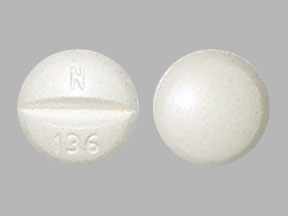Dapsone Disease Interactions
There are 2 disease interactions with dapsone.
Dapsone (applies to dapsone) bone marrow suppression
Major Potential Hazard, High plausibility. Applicable conditions: G-6-PD Deficiency, Bone Marrow Depression/Low Blood Counts
The use of dapsone has been associated with development of agranulocytosis, aplastic anemia, and other blood dyscrasias. Blood dyscrasias are more likely to occur in patients with glucose-6-phosphate dehydrogenase (G-6-PD) deficiency. Patients should be instructed to report any signs of infection (sore throat, fever, local infection, bleeding, or symptoms of anemia). Monitoring for hematologic abnormalities is recommended.
Dapsone (applies to dapsone) liver disease
Moderate Potential Hazard, Moderate plausibility.
The use of dapsone has been associated with the development of hyperbilirubinemia. Patients with glucose-6-phosphate dehydrogenase (G-6-PD) deficiency are more likely to develop hyperbilirubinemia. Monitoring liver function is recommended and discontinuation of the drug may be necessary.
Switch to professional interaction data
Dapsone drug interactions
There are 264 drug interactions with dapsone.
More about dapsone
- dapsone consumer information
- Check interactions
- Compare alternatives
- Pricing & coupons
- Reviews (26)
- Drug images
- Side effects
- Dosage information
- During pregnancy
- Drug class: leprostatics
- Breastfeeding
- En español
Related treatment guides
Drug Interaction Classification
| Highly clinically significant. Avoid combinations; the risk of the interaction outweighs the benefit. | |
| Moderately clinically significant. Usually avoid combinations; use it only under special circumstances. | |
| Minimally clinically significant. Minimize risk; assess risk and consider an alternative drug, take steps to circumvent the interaction risk and/or institute a monitoring plan. | |
| No interaction information available. |
See also:
Further information
Always consult your healthcare provider to ensure the information displayed on this page applies to your personal circumstances.


